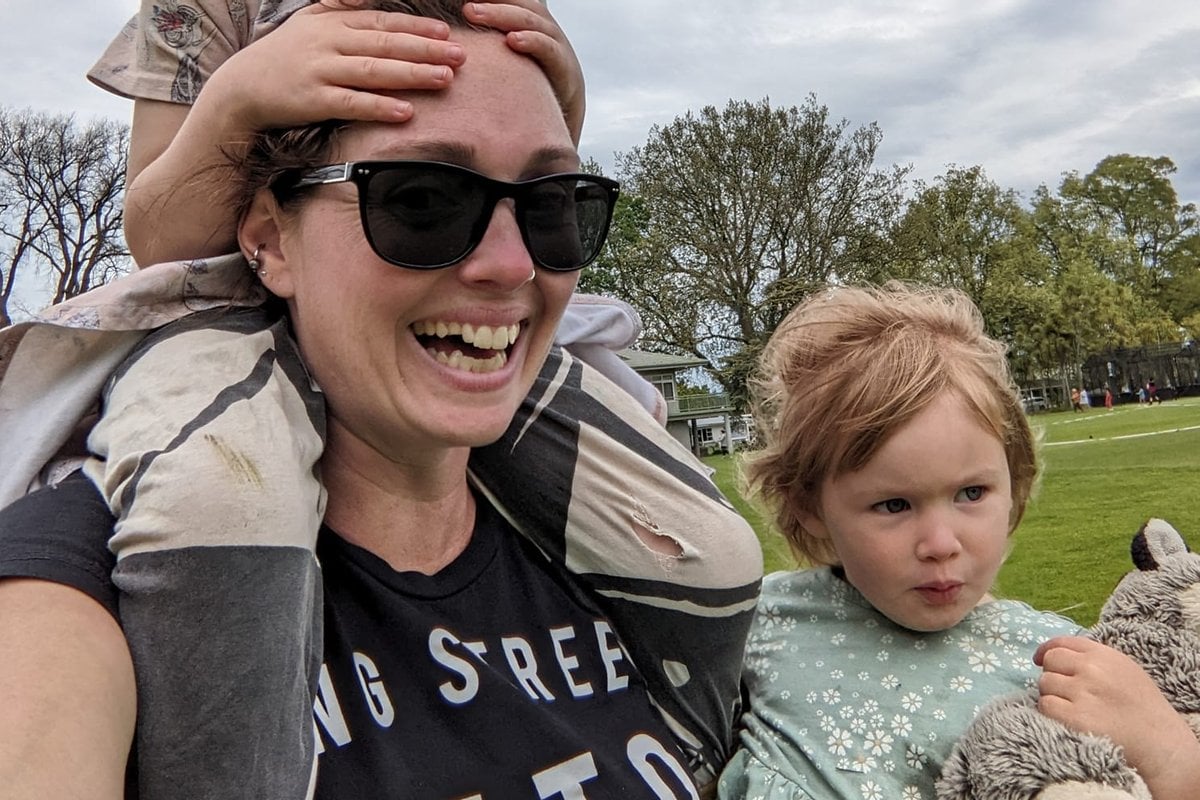
Two-year-old Ivy Collins was being carried by her pregnant mother when she was swept away by floodwaters in New Zealand last Tuesday.
That morning, her parents, Jack and Ella Collins, who is pregnant with their third child, woke at 3am to find water filling their one-storey home in Eskdale, Hawke's Bay, following Cyclone Gabrielle.
"They were trying to come up with a plan, they had a few minutes, trying to get the dogs inside, organise the pets, and then this wave came through which added to the water in the house quite significantly, sort of halfway up the walls," Jack's brother, Adam, told the New Zealand Herald.
With the water rising, the couple grabbed Ivy and her older sister Imogen, taking one child each on their shoulders, and tried to make their way to their neighbour's roof when a wave knocked Ella over.
Scrambling to the house, Jack managed to place Imogen on the roof, before going back and searching for Ivy and his wife.
"He finds his wife floating around and manages to get her back to safety... but by that time they'd lost the little one," said Adam.
"There's nothing they could've done... she had her on her shoulders and she slipped out, her feet were taken out from underneath."
Jack spent hours in the dark trying to find his daughter, but two-year-old Ivy was nowhere to be found.
Eight hours later, the family, who were "hypothermic", were rescued along with their neighbours.


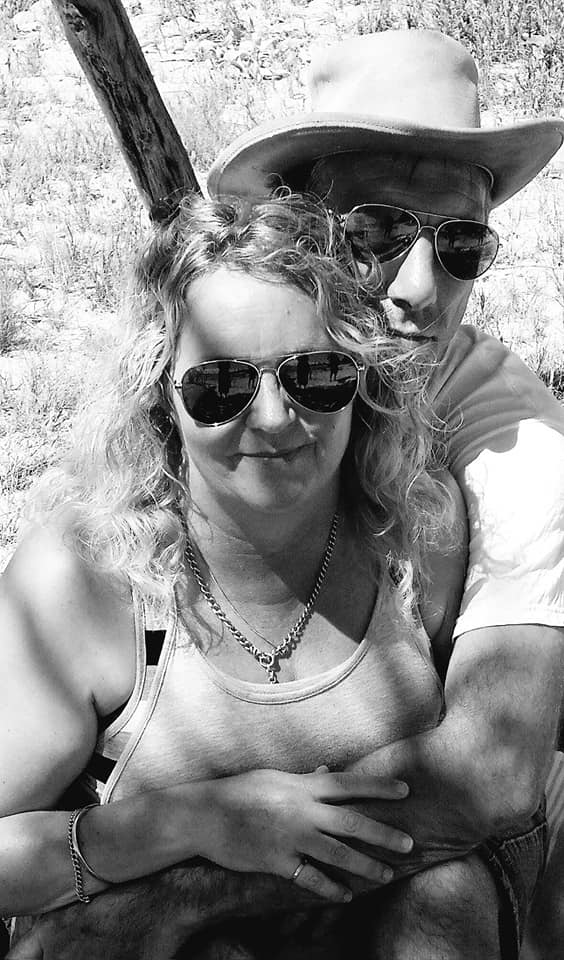
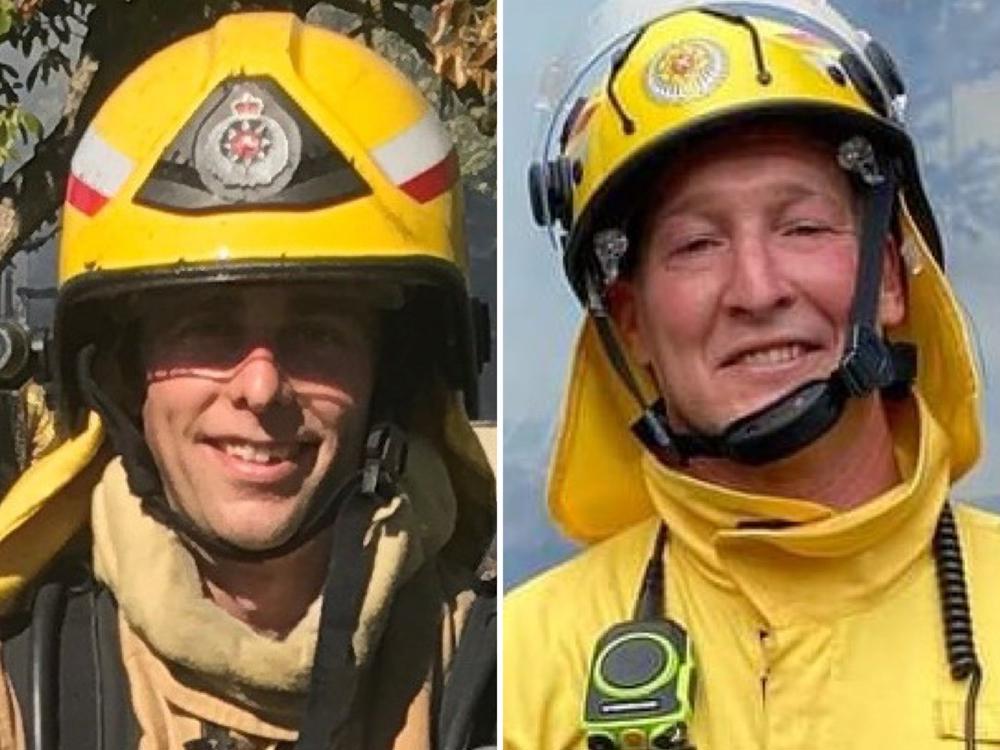
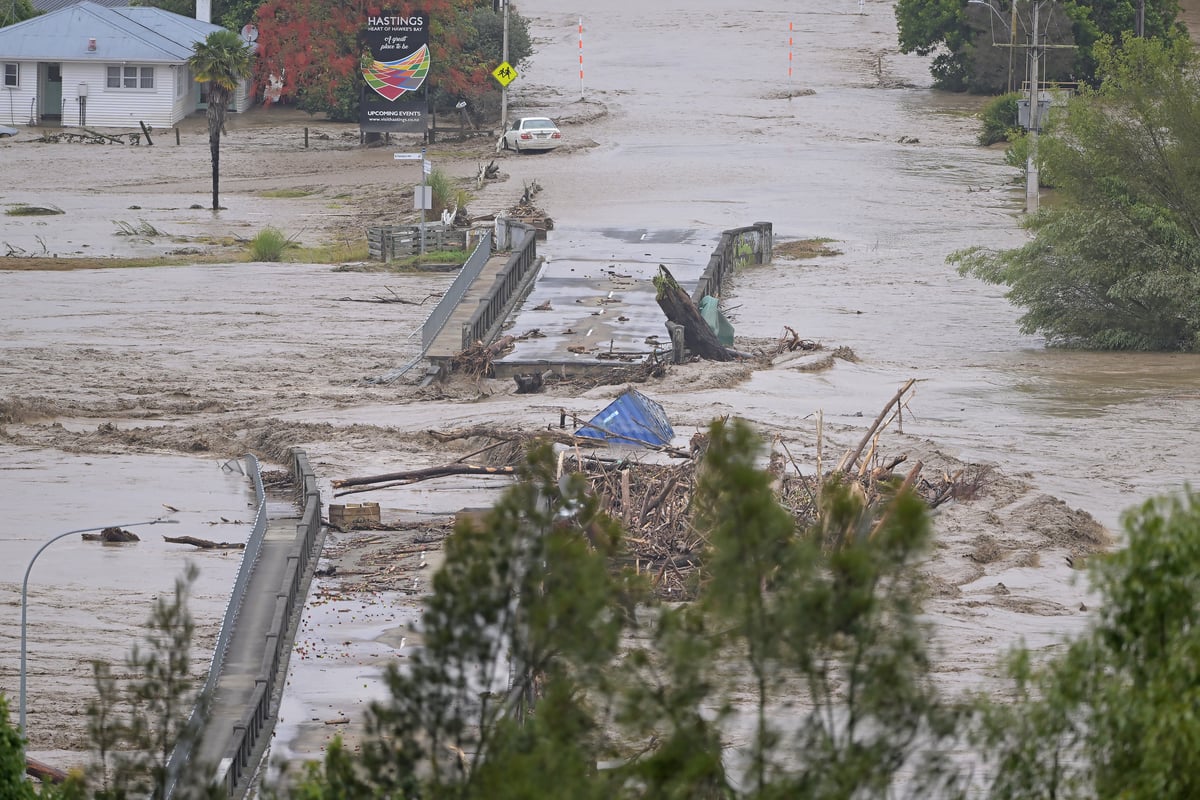
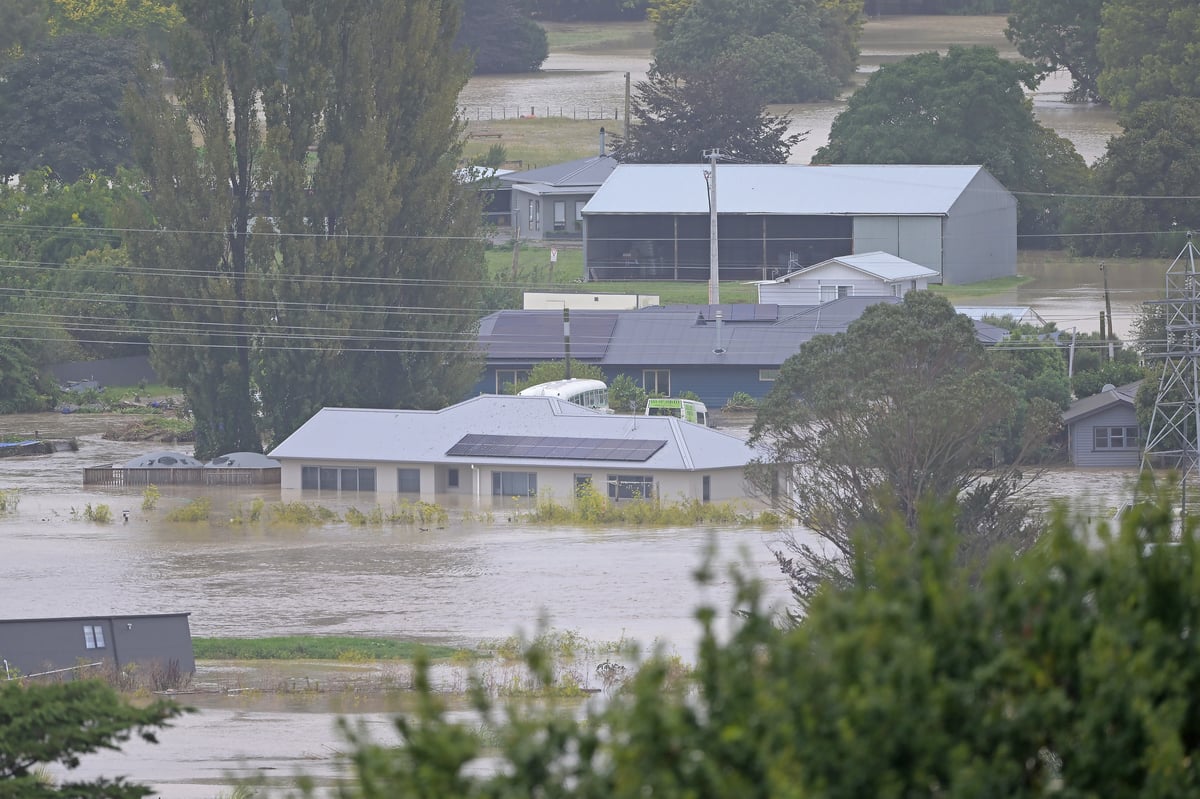
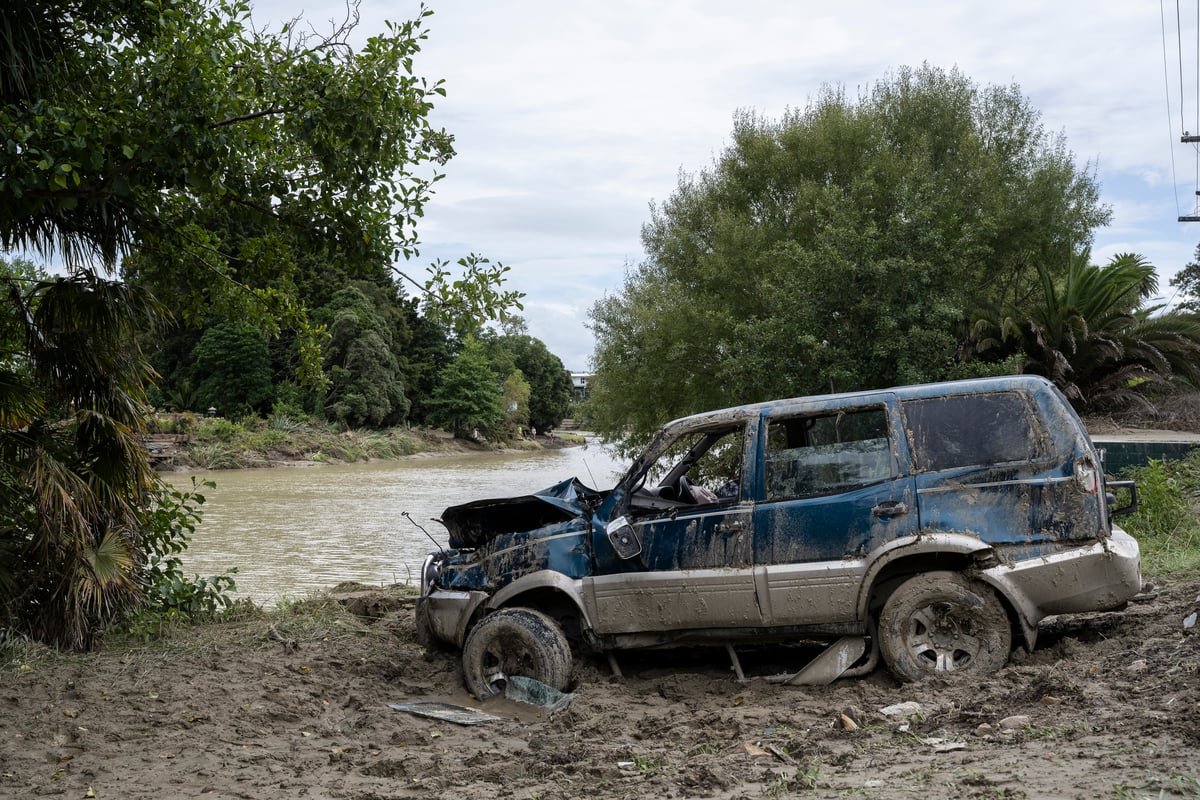
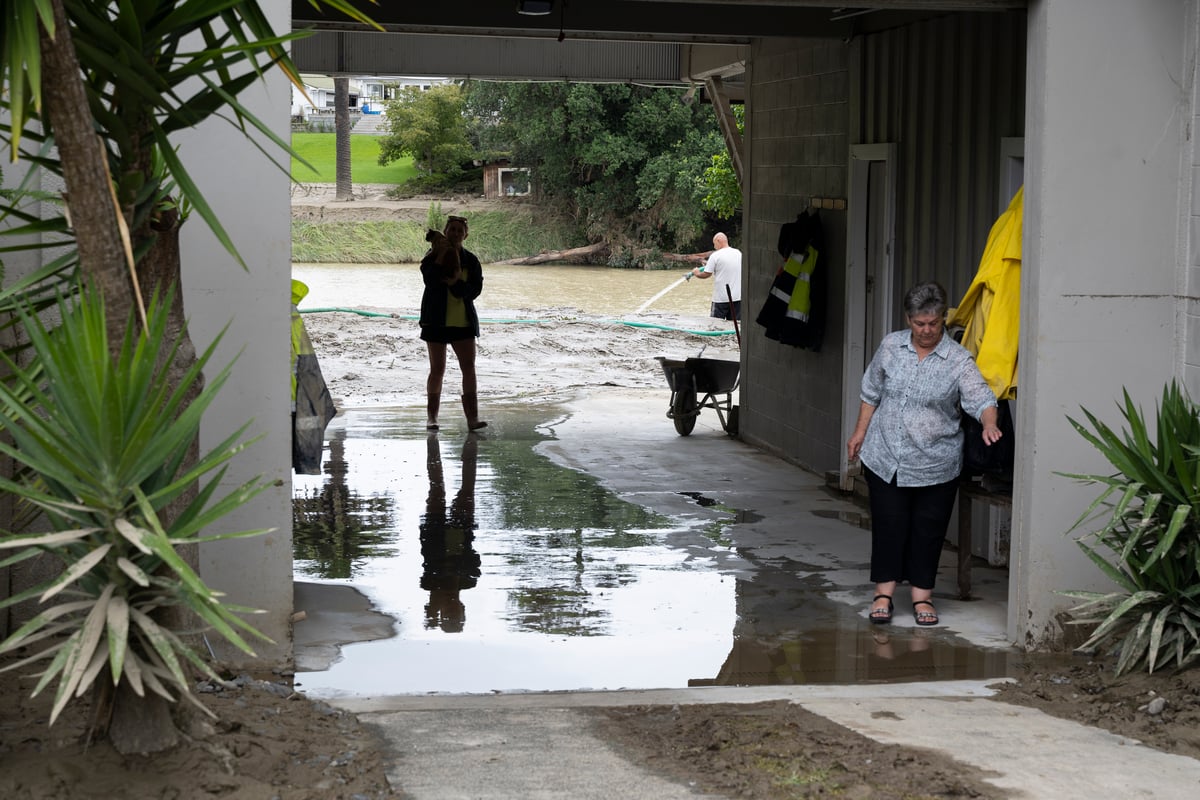
Top Comments